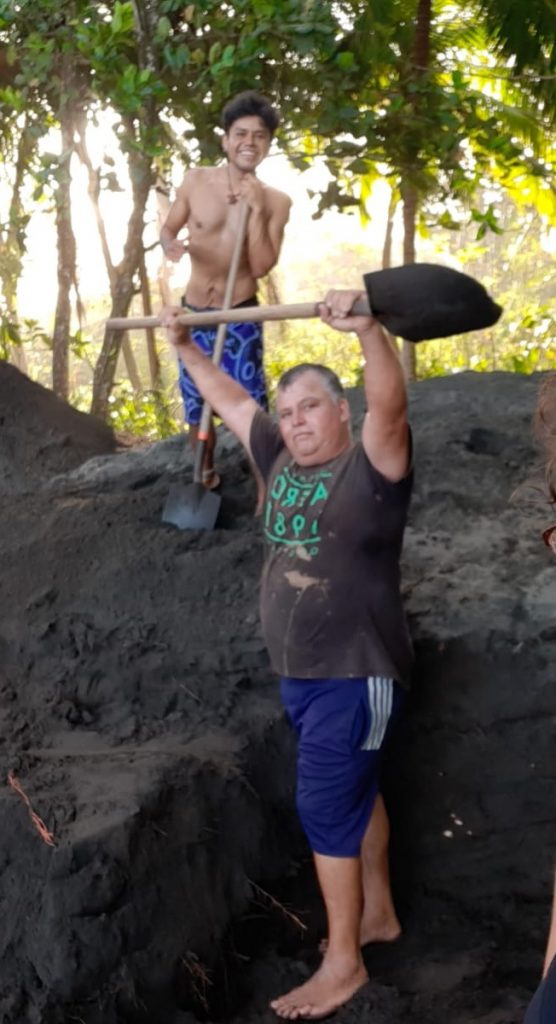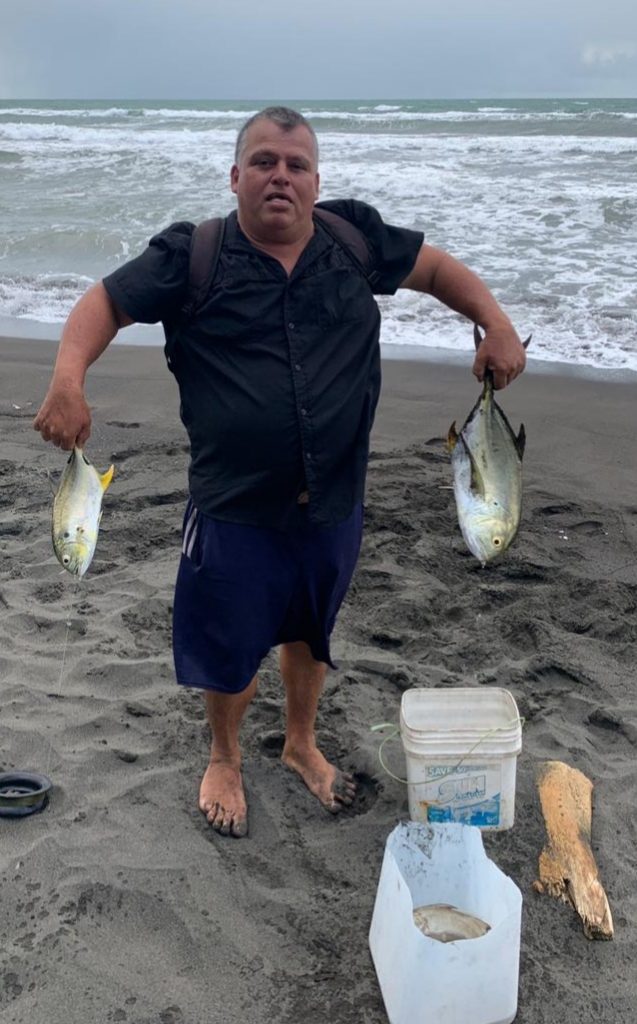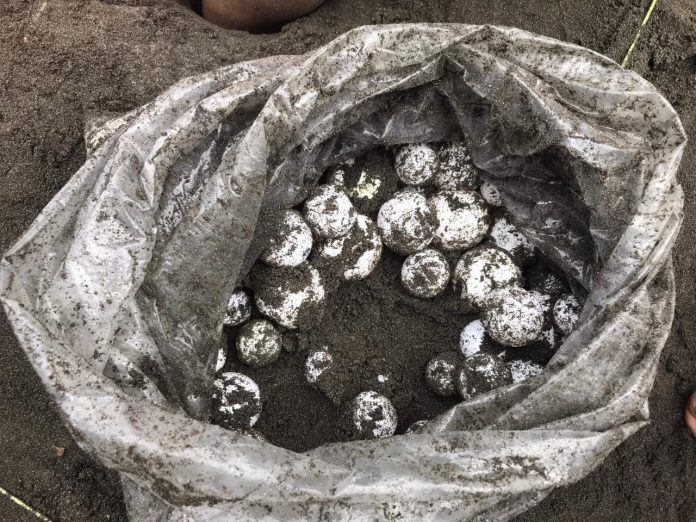What does it take to protect wildlife in Costa Rica?
When we imagine the needs of wildlife organizations, we often think of funding for research and conservation; scientific equipment; and perhaps physical infrastructure, such as laboratories or shelters.
Of course, one of the most important resources for an organization like Latin American Sea Turtles (LAST) are members of local communities who are passionate about wildlife and are leading a change in the relationship between people and the planet. That’s the case with Carlos, a LAST research assistant.
Carlos’s story is similar to that of several inhabitants of Barra de Pacuare, on the Caribbean coast of Costa Rica. Many of its inhabitants come from nearby places such as Siquirres, Matina or Batán, and have migrated to the Pacuare area. The area is calm, rich in biodiversity, sparsely populated, and far from agricultural areas. However, it also suffers from limited opportunities for employment, education and development, in part due to the isolated nature of the site. This leads many of the area’s inhabitants to engage in extractive practices, to the detriment of natural resources.

To give you a clearer idea: the only way to get here is by boat. It takes about 40 minutes to travel from the pier, where the road ends, to the location of the LAST sea turtle conservation project.
So, in Carlos’s case, what led him to loot turtle nesting sites? For his family’s consumption. As a food source, it completed the artisanal fishing and agriculture that he carries out at his coastal home. Carlos and his family needed to meet a basic need, and the natural resource was there.

LAST staff saw in Carlos an important resource: Carlos’s knowledge about tracking turtles and extracting eggs could be used in support of conservation efforts. After technical training, a course on data collection protocols, and required paperwork before the Ministry of the Environment (MINAE), Carlos became a vital Research Assistant for LAST’s sea turtle conservation project in Pacuare. In addition to this, LAST gave him several workshops on how to make jewelry from materials easily found in the area: driftwood, bones, and cow horns. Carlos sells his handicrafts to people who visit the sea turtle project, thus developing a second source of income.
In Pacuare, this experience has been replicated with several residents whom LAST has been able to turn into collaborators of the organization in different roles, in addition to offering alternative sources of income such as making handicrafts to sell to beach visitors.
LAST directly employs six community members: beach assistants during conservation patrols, cooks, and even the captain of the boat. Some are ex-looters who no longer need to consume turtle eggs for food or marketing, and instead use their knowledge in favor of turtle conservation.

However, egg extraction continues, both by locals and occasional visitors who consume and market eggs. Both are illegal activities, punishable under Costa Rican wildlife laws.
Leatherback, green and hawksbill turtles all nest at Playa Pacuare, and are all in significant danger of extinction. With green and hawksbill turtles, poachers extract not only eggs, but also the meat of the nesting female. Every effort to avoid predation counts. LAST’s work with community members also generates sources of employment for area families, encourages environmental education, and demonstrates that a living turtle is worth more than a dead turtle, because the species generate tourist visitation.

The coastal communities of Costa Rica and organizations like LAST always need support and accompaniment. Every bit of support makes a big difference. Right now, one of the best ways to collaborate in this work is by participating as conservation volunteers. In a few months, the leatherback turtle nesting peak will arrive, and LAST will need volunteers to carry out night patrols. Contact LAST through its social networks, or by email: [email protected].
Stories using the “Directory 506” byline are a joint effort between the editorial team of El Colectivo 506 and the entrepreneurs and organizations that participate in our national directory of rural tourism. This story was created thanks to the input of Didiher Chacón, natural resources manager at the Latin American Sea Turtles Association. We invite you to learn more about LAST’s work here. You can also make a donation to LAST through Amigos of Costa Rica, here. For more information about Directory 506, send a WhatsApp message to 8506-1506, or email us at [email protected].







